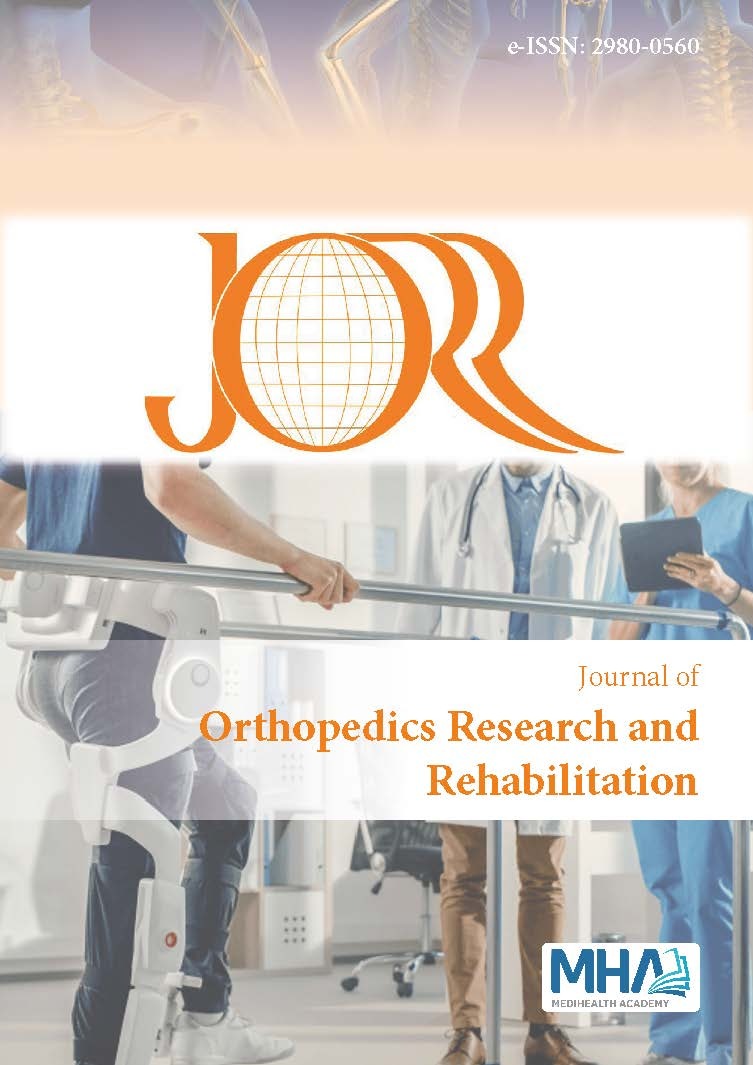1. McClure PW, Michener LA, Sennett BJ, Karduna AR. Direct3-dimensional measurement of scapular kinematics during dynamicmovements in vivo. J Shoulder Elbow Surg. 2001;10(3):269-277.doi:10.1067/mse.2001.112954
2. Kibler WB, Sciascia A, Wilkes T. Scapular dyskinesis and its relationto shoulder injury. J Am Acad Orthop Surg. 2012;20(6):364-372.doi:10.5435/JAAOS-20-06-364
3. Kibler WB, Sciascia A. The Shoulder at Risk: Scapular Dyskinesisand Altered Glenohumeral Rotation. Operative Techniques in SportsMedicine 2016:24;162-69. doi: 10.1053/j.otsm.2016.04.003
4. Tovin, B.J. and Greenfield, B.H. (2001). Evaluation and Treatmentof The Shoulder: An Integration of the Guide to Physical TherapistPractice. Philadelphia: F.A. Davis.
5. Kibler WB. The role of the scapula in athletic shoulder function.Am J Sports Med. 1998;26(2):325-337. doi:10.1177/03635465980260022801
6. Frymoyer J W, Ducker T B, Hadler N M, & Kostuık J P (1997). Theadult spine: principles and practice. Lippincott-Raven Publishers.
7. Urdaneta M, Smela E. Parasitic trap cancellation using multiplefrequency dielectrophoresis, demonstrated by loading cells intocages. Lab Chip. 2008;8(4):550-556. doi:10.1039/b717862j
8. Martin RM, Fish DE. Scapular winging: anatomical review,diagnosis, and treatments. Curr Rev Musculoskelet Med. 2008;1(1):1-11. doi:10.1007/s12178-007-9000-5
9. Burkhart SS, Morgan CD, Kibler WB. The disabled throwingshoulder: spectrum of pathology Part I: pathoanatomy andbiomechanics. Arthroscopy. 2003;19(4):404-420. doi:10.1053/jars.2003.50128
10. Kiesel K, Plisky PJ, Voight ML. Can Serious Injury in ProfessionalFootball be Predicted by a Preseason Functional Movement Screen?.N Am J Sports Phys Ther. 2007;2(3):147-158.
11. Kraus K, Schütz E, Taylor WR, Doyscher R. Efficacy of the functionalmovement screen: a review. J Strength Cond Res. 2014;28(12):3571-3584. doi:10.1519/JSC.0000000000000556
12. Alemany JA, Bushman TT, Grier T, et al. Functional MovementScreen: Pain versus composite score and injury risk. J Sci Med Sport.2017;20 Suppl 4:S40-S44. doi:10.1016/j.jsams.2017.08.001
13. Butler RJ, Contreras M, Burton LC, Plisky PJ, Goode A, Kiesel K.Modifiable risk factors predict injuries in firefighters during trainingacademies. Work. 2013;46(1):11-17. doi:10.3233/WOR-121545
14. Chorba RS, Chorba DJ, Bouillon LE, Overmyer CA, Landis JA. Useof a functional movement screening tool to determine injury risk infemale collegiate athletes. N Am J Sports Phys Ther. 2010;5(2):47-54.
15. Kiesel KB, Butler RJ, Plisky PJ. Prediction of injury by limitedand asymmetrical fundamental movement patterns in americanfootball players. J Sport Rehabil. 2014;23(2):88-94. doi:10.1123/jsr.2012-0130
16. Altundağ E, Aka H, Aktuğ ZB, Akarçeşme C, Soylu Ç. Kadınvoleybolculara uygulanan core ve düzeltici egzersizlerin fonksiyonelhareket taraması test skorlarına etkisi. Gazi Beden Eğitimi ve SporBilimleri Derg 2021:26(3);333-45. doi:10.53434/gbesbd.932956
17. Çembertaş E, Taşkıran MY, Taşkıran A, Kurt A. Genç yüzücülereuygulanan denge ve core antrenman programının yüzücülerinfms skorları üzerindeki etkisinin incelenmesi. Spor Eğitim Derg2020;4(2):157-64.
18. Kürklü GB, Bayrak A, Yargıç MP, & Yıldırım NÜ. A comparison ofFunctional Movement Abilities of elite male soccer and handballplayers. Spor Hekimligi Dergisi/Turkish Journal of Sports Medicine2019:54(3);169-74. doi: 10.5152/tjsm.2019.129
19. Kibler WB, Ludewig PM, McClure PW, Michener LA, Bak K, SciasciaAD. Clinical implications of scapular dyskinesis in shoulder injury:the 2013 consensus statement from the ‘Scapular Summit’. Br J SportsMed. 2013;47(14):877-885. doi:10.1136/bjsports-2013-092425
20. Kibler WB, Sciascia A. Current concepts: scapular dyskinesis. Br JSports Med. 2010;44(5):300-305. doi:10.1136/bjsm.2009.058834
21. Odom CJ, Taylor AB, Hurd CE, Denegar CR. Measurement ofscapular asymetry and assessment of shoulder dysfunction using theLateral Scapular Slide Test: a reliability and validity study. Phys Ther.2001;81(2):799-809. doi:10.1093/ptj/81.2.799
22. Cook G, Burton L, Hoogenboom B. Pre-participation screening: theuse of fundamental movements as an assessment of function - part 1.N Am J Sports Phys Ther. 2006;1(2):62-72.
23. Cook G, Burton L, Hoogenboom B. Pre-participation screening: theuse of fundamental movements as an assessment of function - part 1.N Am J Sports Phys Ther. 2006;1(2):62-72.
24. Cook G, Burton L, Kiesel K, Bryant M, Torine J. Movement:functional movement systems: Screening, assessment, and correctivestrategies: On Target publications aptos, CA. 2010.
25. Maor MB, Ronin T, Kalichman L. Scapular dyskinesis amongcompetitive swimmers. J Bodyw Mov Ther. 2017;21(3):633-636.doi:10.1016/j.jbmt.2016.11.011
26. Hickey D, Solvig V, Cavalheri V, Harrold M, Mckenna L. Scapulardyskinesis increases the risk of future shoulder pain by 43% inasymptomatic athletes: a systematic review and meta-analysis. Br JSports Med. 2018;52(2):102-110. doi:10.1136/bjsports-2017-097559
27. Ercan S, Mert USTA, Başkurt Z, Başkurt F. Skapular Diskineziİle Skapular Endurans İlişkisinin İncelenmesi. Spor ve PerformansAraştırmaları Derg 2021:12(3);233-44. doi: 10.17155/omuspd.983427

